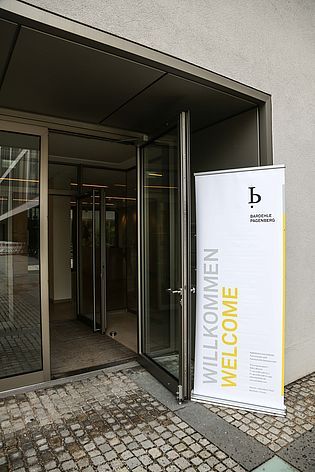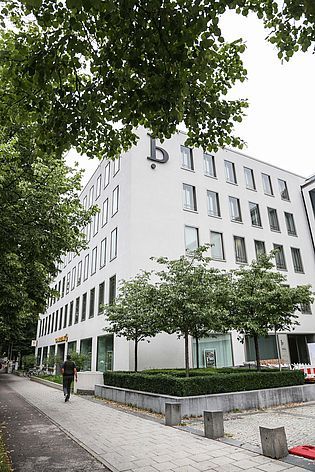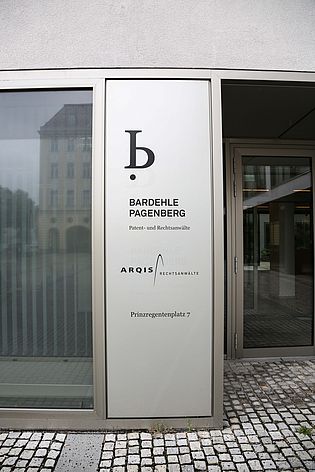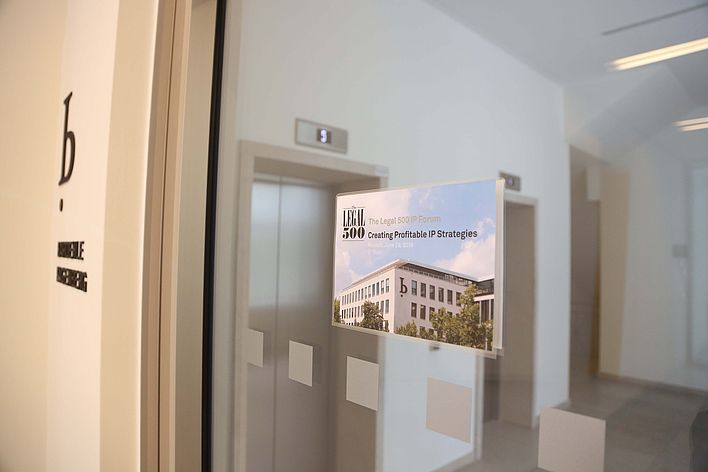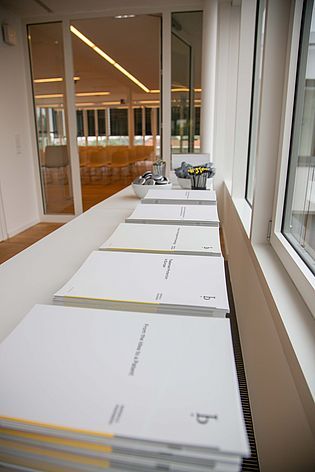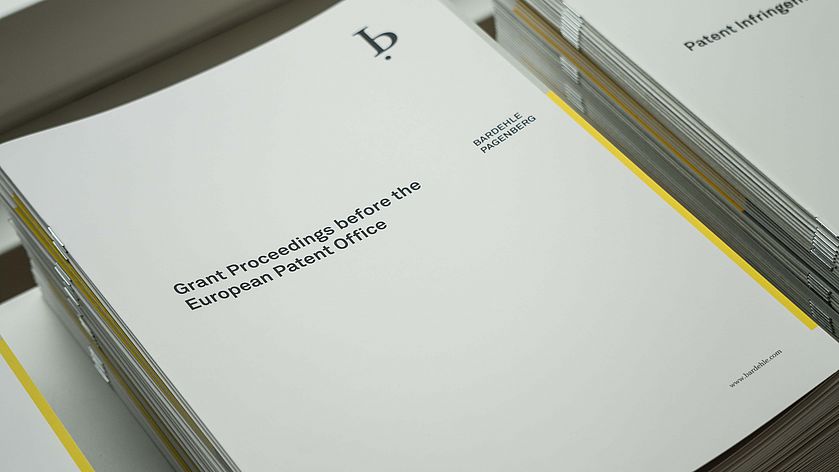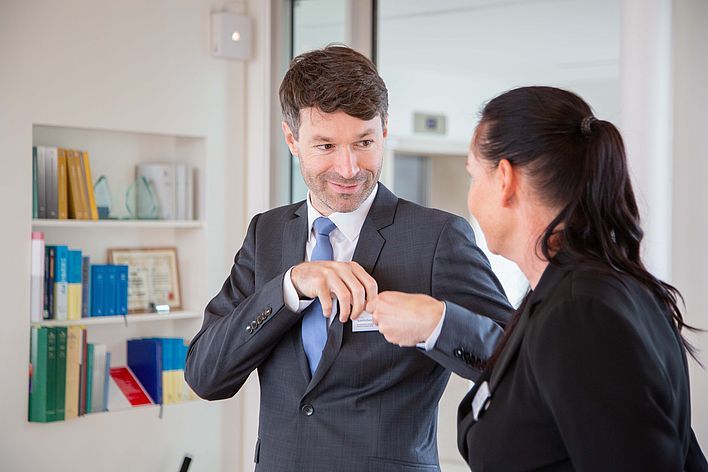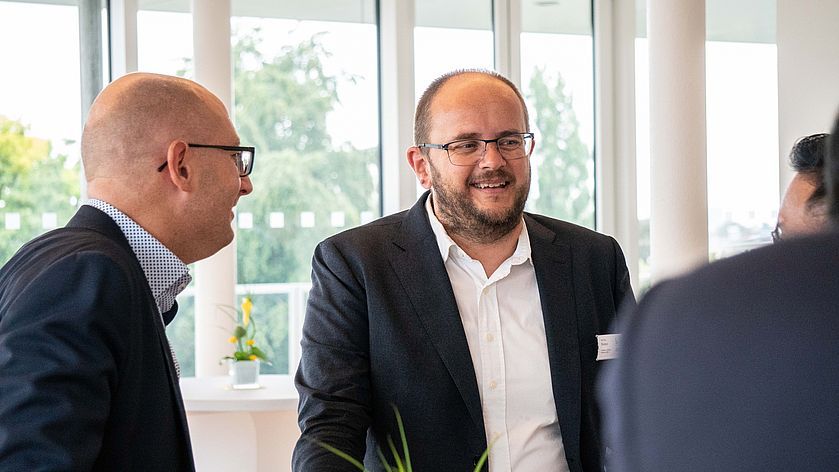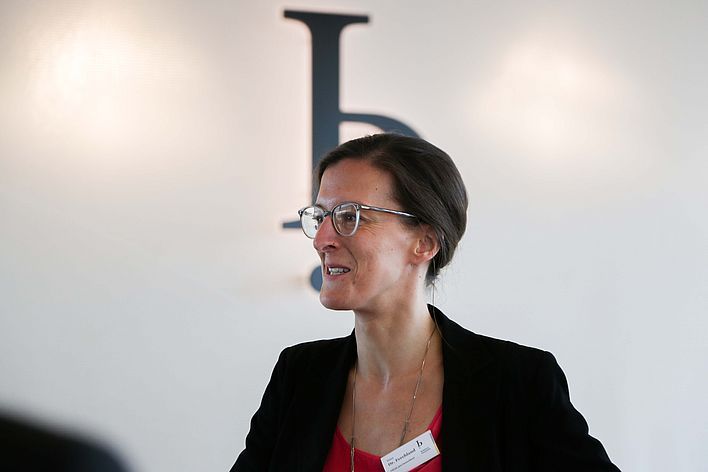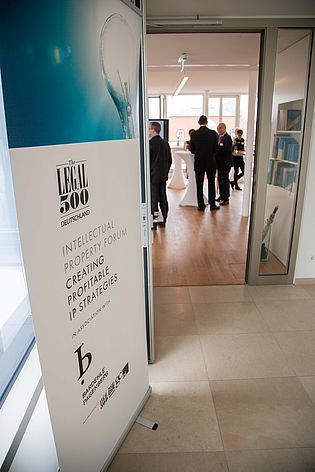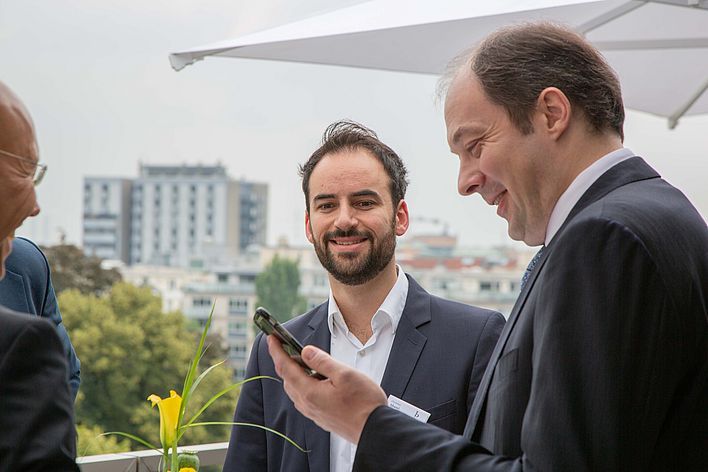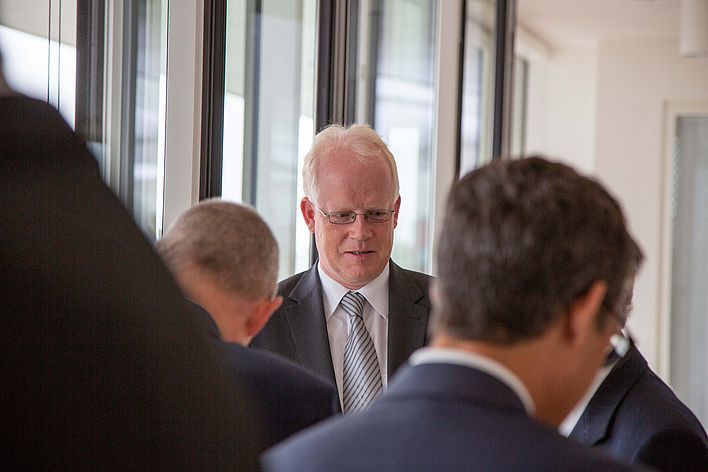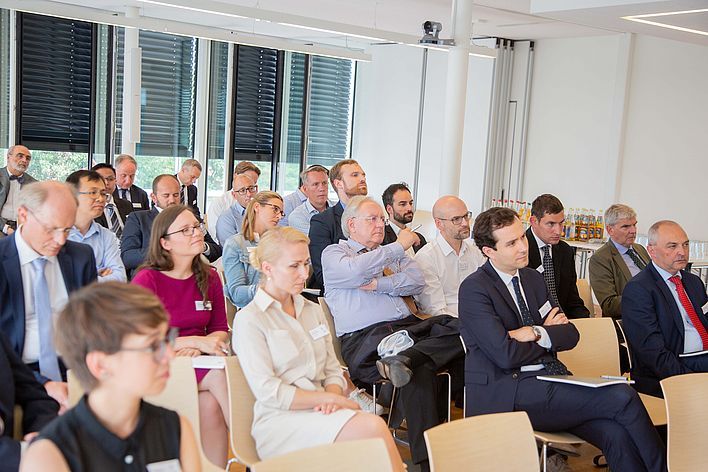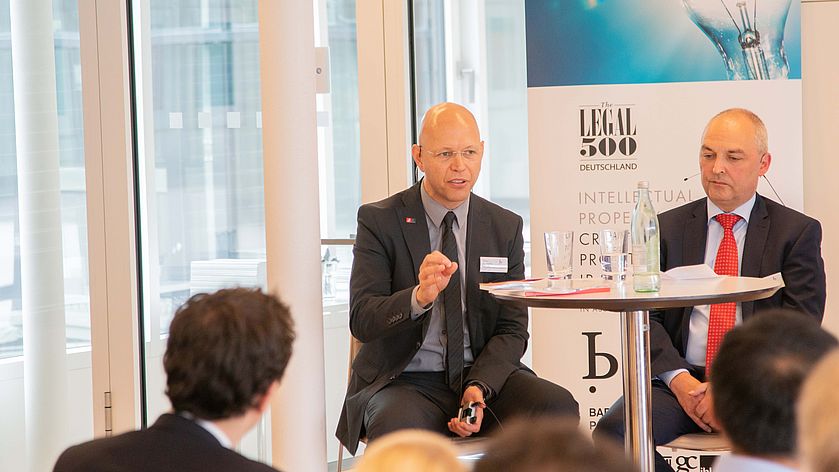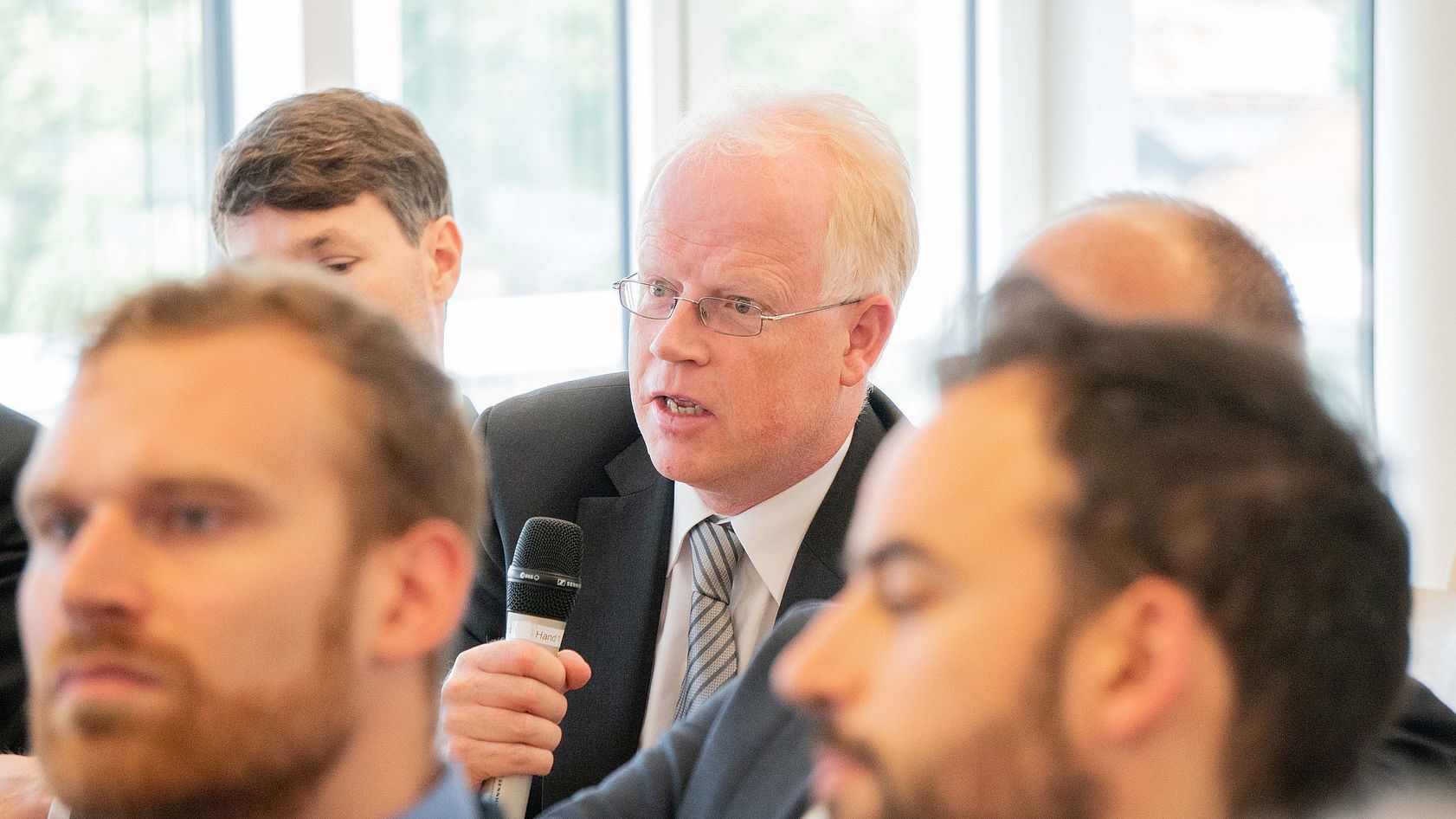Executive Summary
(See http://www.legal500.com/assets/pages/client-insight/the-gcs-guide-to-profitable-ip-strategies.html and Download PDF "IP Insight publication")
High-quality protection of intellectual property (IP) is without doubt among the crucial factors for innovative companies to succeed in today’s competitive markets. In Germany, technology leaders have for a long time recognised the value of safeguarding the innovations within their core products, like cars, industrial machinery, medical devices and all kinds of consumer goods. In the wake of the all-embracing digitisation of virtually any classic industry, and the increasing need to distinguish products from the competition through software and ICT-based added services, strong IP protection is becoming even more important – particularly as completely new players enter the market to stake their claim, now or in the very near future.
In the search for IP management best practices, it is worthwhile looking at the German Mittelstand, in particular the vast amount of hidden champion companies, ie medium-to-large businesses, which are not part of the Fortune 500 but nevertheless global technology leaders in their respective industry niches. How do they protect, manage and use their IP? And what are the best practices that can be learned from them to maximise the value of IP? BARDEHLE PAGENBERG collaborated with The Legal 500 to find out.
This report, which consolidates the results of a survey of 105 in-house counsel and one-to-one interviews with industry patent managers, aims at drawing the big picture of the issues faced by technology innovators when it comes to IP protection today and in the near future. The findings of the study were discussed at an event jointly organised by The Legal 500 and BARDEHLE PAGENBERG, where various IP managers from innovative German companies shared their experiences and insights, which are combined in this report.
It turns out that an overarching theme is the growing complexity in-house IP managers are faced with – a complexity which comes in different dimensions. Building and maintaining IP portfolios is inherently complex from a strategic point of view, since they can be used both as a sword and a shield:
- On the one hand, IP rights can be used to proactively keep competitors out of the market, either by means of the mere presence of the roadblocks that these rights represent or by the proprietor actively enforcing its rights against infringers.
- On the other hand, IP rights are also useful for obtaining leverage against others’ IP, such as by enabling countersuing and cross-licensing potential.
- But IP rights are also business assets that increase the company’s valuation and can generate revenue in their own right through out-licensing.
- Lastly, and sometimes least considered, strong IP rights can also safeguard the proprietor’s rights in co-operations and partnerships in joint development, production and distribution scenarios.
What’s more, setting up a successful in-house IP department is also difficult from an organisational perspective, as the department has to interface with various different stakeholders: engineers and researchers (ie the creators of the IP), management and sales, as well as external counsel, to name just a few.
Further hurdles lay in wait throughout the lifecycle of IP rights. Regarding the initial creation of IP, the experts agreed that it is paramount for an IP department to strike the balance between: (a) fostering a culture of innovation and putting suitable incentives in place so that innovations are reported bottom-up out of the R&D departments; and (b) aligning the protection activities with the strategic business objectives of the company, ie in a top-down fashion.
Then, on the way to obtaining protection during IP prosecution, the experts point to finding the right interface between in-house IP managers and outside counsel that combines the strengths of both. Only in-house IP managers can ensure that the IP rights pursued are properly aligned with the business strategy and product roadmap of the company, while the in-depth expertise of outside counsel in IP law can hardly be attained by in-house personnel.
The strengths of in-house and outside counsel should also be aligned for the exploitation of IP rights. Every successful in-house department should have processes in place to actively manage the IP portfolio, eg by reviewing its coverage along the way as new products are developed and technology evolves, as well as keeping the budgets reasonable by regularly pruning obsolete IP rights, thereby making room for renewing the portfolio. On the other hand, in-house counsel are well advised to take advantage of the expertise of outside counsel when it comes to enforcing the IP, not only as a final measure in court, but also to take a strategic approach in the handling of IP conflicts.
BARDEHLE PAGENBERG’s IP practitioners are constantly striving to provide the best possible match for in-house IP departments to allow them to tackle the complexities outlined above. We pride ourselves on having a culture where our patent attorneys and attorneys-at-law collaborate at eye level, which has been part of the very DNA of our firm since its establishment. In particular, thanks to this synergistic setup our patent attorneys are able to feed back their expertise gained in high-stakes IP litigation into the prosecution process, which allows them to obtain strong IP rights that are not only legally valid but also enforceable and can be monetised at a later date.








